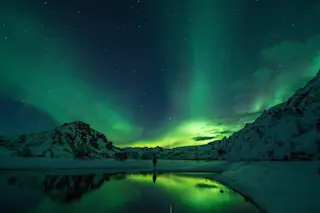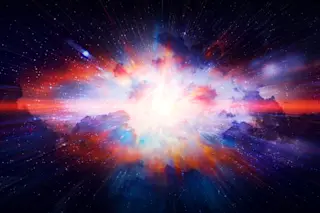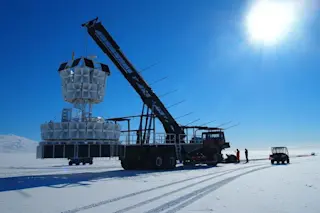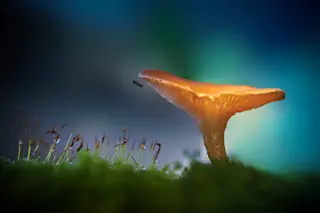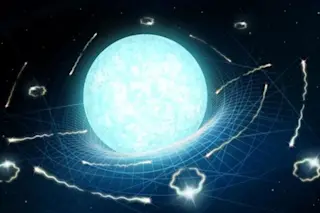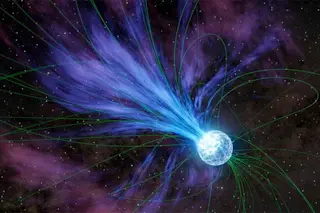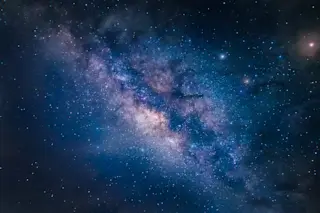(Credit:Jonatan Pie/Unsplash) Auroras, known to many as the northern lights, are a beautiful and mysterious phenomenon. To the casual observer the streaks of colored light across the sky can seem miraculous and inexplicable. And one kind in particular, called a pulsating aurora, has indeed been mysterious to scientists, who have never been able to directly prove their hypothesis about how it’s formed. Now, armed with better technology, researchers from Japan say they’ve finally caught the aurora in the act.
When charged particles from the Sun, primarily electrons and protons, cross into the Earth’s magnetosphere, they emit photons — what kind depends on what elements are present — and the resulting light show is what we call an aurora. Most auroras appear as shimmering bands of color in the sky, snaking and intertwining in an intricate dance. But pulsating auroras appear as patches of color, dozens or even of hundreds of ...


